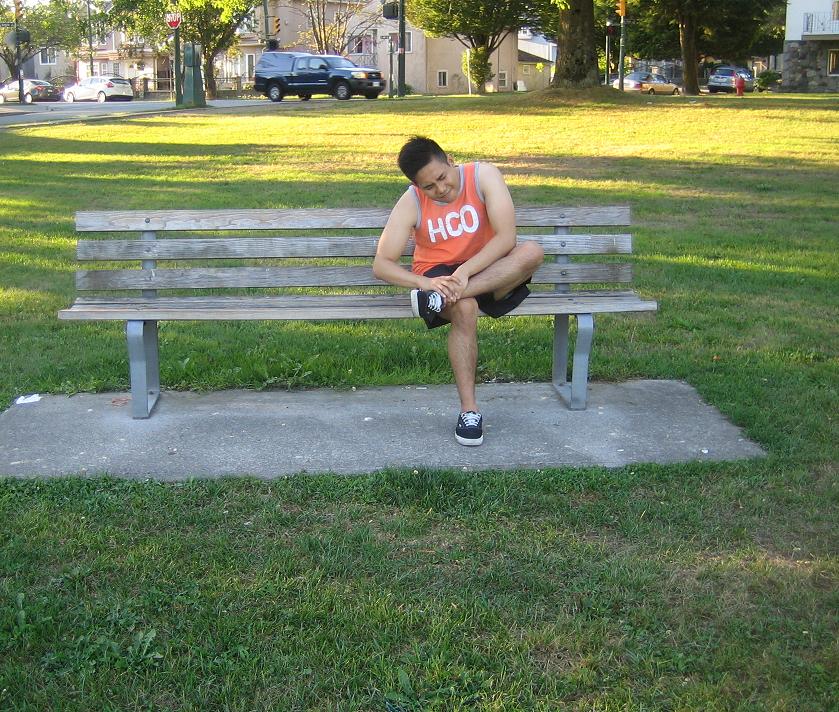Individuals both young and old are prone to sports injuries. Every year, millions of children and adults all over the globe suffer from sport injuries. It is vital to be prepared to respond to emergency situations especially with sports-related injuries.
What are the common sports injuries?
Most of the sports injuries typically involve the bones and soft tissues such as strains, sprains, dislocations and knee injuries. Most of these injuries require treatment but do not necessarily require emergency care.
Oftentimes, athletes suffer from a life-threatening injury such as head or neck injury, eye injuries, near drowning, sudden cardiac arrest and seizures.
Emergency equipment

Most injuries occur during practice. It is vital to take the necessary precautions during practices in the same way during the games and always have emergency equipment available. Spinal boards, automated external defibrillator, oxygen and an emergency access phone can mean a difference between life and death.
Aside from having all the necessary equipment on hand, it is also vital that you know how to properly use the equipment.
First aid responders
When dealing with emergency situations, it is vital to have basic skill in CPR and other first aid measures. As a first aid responder, you should survey the scene, assess the individual for life-threatening injuries and ensure that advanced care arrives on the scene.
If an individual requires CPR or suffering from a life-threatening injury, immediate care must be started to ensure a higher chance for survival.
How to handle emergencies
When faced with emergencies especially in life-threatening sports injuries, you should initially check for consciousness, breathing, circulation and if there is severe bleeding.
In case a neck, back or head injury is likely, do not move the individual and ensure that the head and neck are stabilized to prevent further injury.
Precautions
It is vital to take the necessary steps to prevent sports injuries from occurring in the first place. Make sure that all equipment used are properly maintained.
More Information / Disclaimer
The information posted on this page on sports injuries is for learning purposes only. Learn to recognize and manage different forms of sports injuries by taking a standard first aid course with Toronto First Aid.

